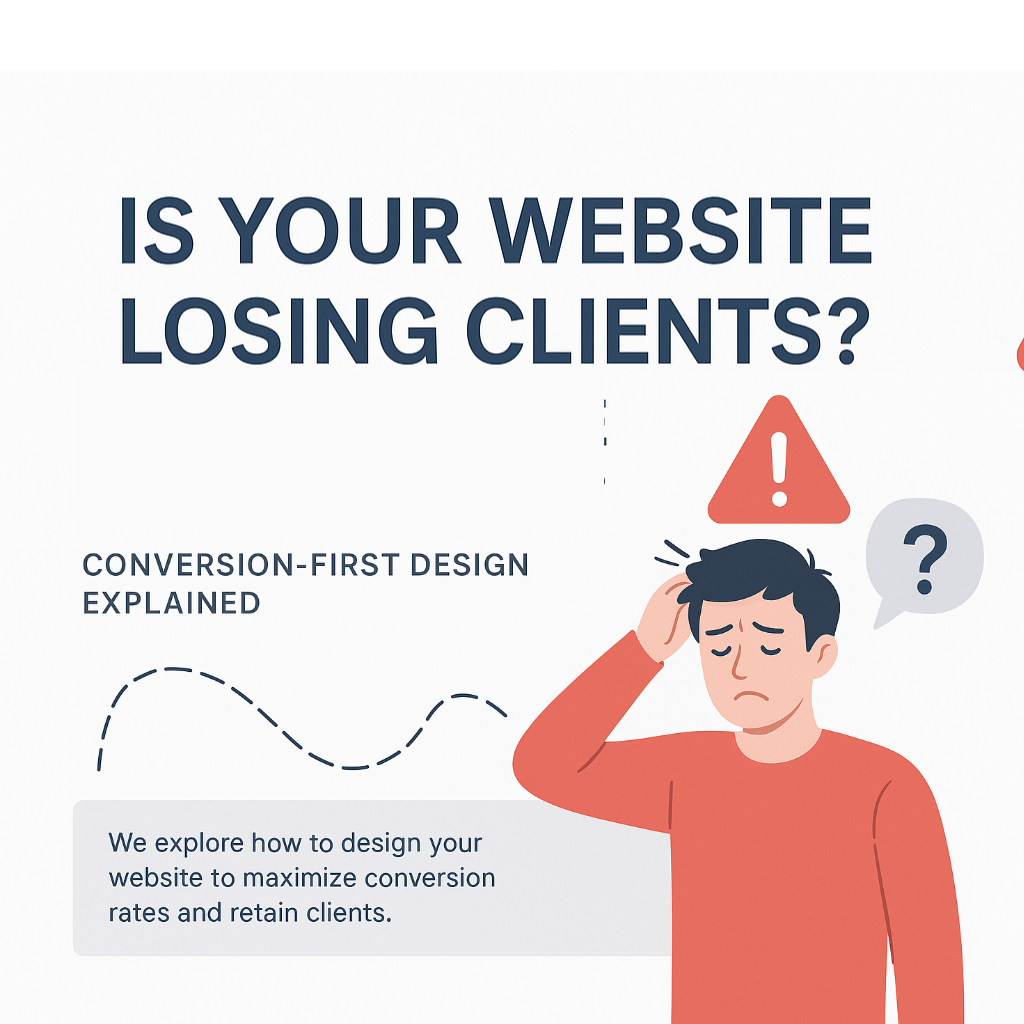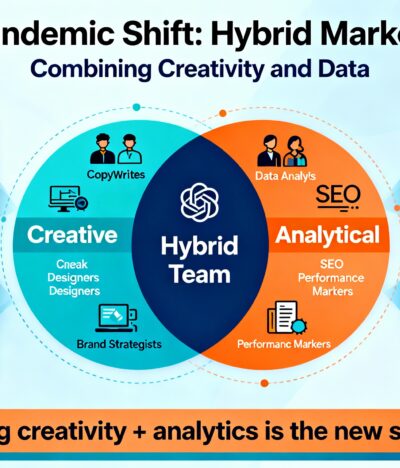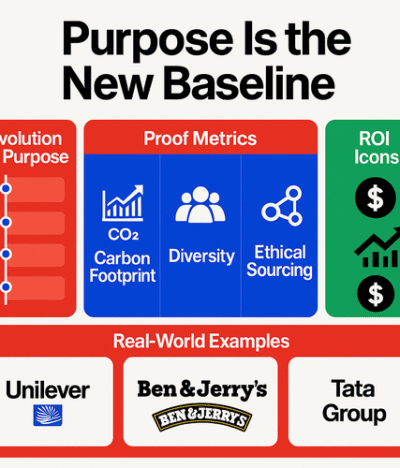Your website may be visually stunning, featuring high-resolution images and creative graphics. But here’s the question every business must ask in 2025: Is your website’s design truly conversion-first?
A well-designed website is not just about aesthetics—it’s about performance. If your site isn’t generating leads, driving sales, or encouraging engagement, you’re losing potential revenue every day. That’s where conversion-first design comes in.
At Mana Communications, we help businesses shift their perspective: a website should be more than a digital brochure. It should be a 24/7 sales engine built around strategy, user experience, and measurable results.
What Is Conversion-First Design and Why It Matters
Conversion-first design is a strategic approach to building websites where the primary goal is to guide visitors toward taking action—whether that means filling out a form, booking a consultation, or making a purchase.
Unlike traditional design that prioritizes looks, conversion-first design balances aesthetics with functionality. Every element—from the headline to the color of a button—serves the ultimate purpose: driving results.
Why Many Websites Fail to Convert: Common Design Mistakes
- Slow Loading Speed – According to Google, a 1-second delay in page load can reduce conversions by 7% (source).
- Cluttered Layouts – Too much text, too many buttons, or messy navigation overwhelms visitors.
- Weak CTAs – If your calls-to-action are vague (“Click here”) instead of compelling (“Get your free strategy call”), you lose momentum.
- Not Mobile-Friendly – With over 60% of traffic now mobile (source), an unoptimized site drives users away instantly.
Core Elements of a Conversion-First Website Design
1. Clear Value Proposition
The first thing a visitor sees should answer: Why should I choose this brand? Strong, benefit-driven headlines make an immediate impact.
2. Streamlined Navigation
Every extra click risks losing a customer. Menus should be simple, intuitive, and funnel visitors toward the most important pages.
3. Persuasive Copywriting
Words sell. Effective copy addresses customer pain points directly and highlights relevant solutions. Testimonials, reviews, and case studies build trust.
4. High-Impact Visuals
Images, videos, and graphics should support the sales message—not distract from it. Authentic visuals (like real customer photos) often convert better than stock images.
5. Strong Calls-to-Action (CTAs)
Every page should have a clear CTA. Whether it’s “Book a Free Demo” or “Download the Guide,” your CTA should stand out with bold design and persuasive language.
6. Mobile-First Experience
Responsive design is no longer optional. With the rise of mobile shopping, brands that fail to optimize for smaller screens lose conversions.
7. Trust Builders
Adding client logos, certifications, awards, or money-back guarantees signals credibility. Trust seals like SSL also reassure customers during checkout.
Conversion-First Design in Action
- Amazon: Simplifies checkout with one-click purchasing.
- Airbnb: Uses high-quality visuals and simplified booking flows.
- Dropbox: Minimalist design with one bold CTA (“Sign Up for Free”).
These examples show that conversion-first design isn’t about flashy visuals but about clarity and simplicity.
Why Agencies Excel at Conversion Optimization
Many businesses try to fix their websites in-house but miss the science behind conversion-first design. Agencies like Mana Communications bring:
- Expertise in A/B testing layouts and CTAs
- Knowledge of behavioral psychology
- Tools to track user journeys and drop-off points
- Experience across industries to replicate proven strategies
Conclusion
In 2025, a website without a conversion-first design is like a store without a cashier—people may browse, but they won’t buy. The smartest brands focus on speed, simplicity, trust, and persuasion to convert clicks into clients.
At Mana Communications, we specialize in turning websites into growth engines. Because in the digital world, design without conversion isn’t design at all—it’s decoration.



